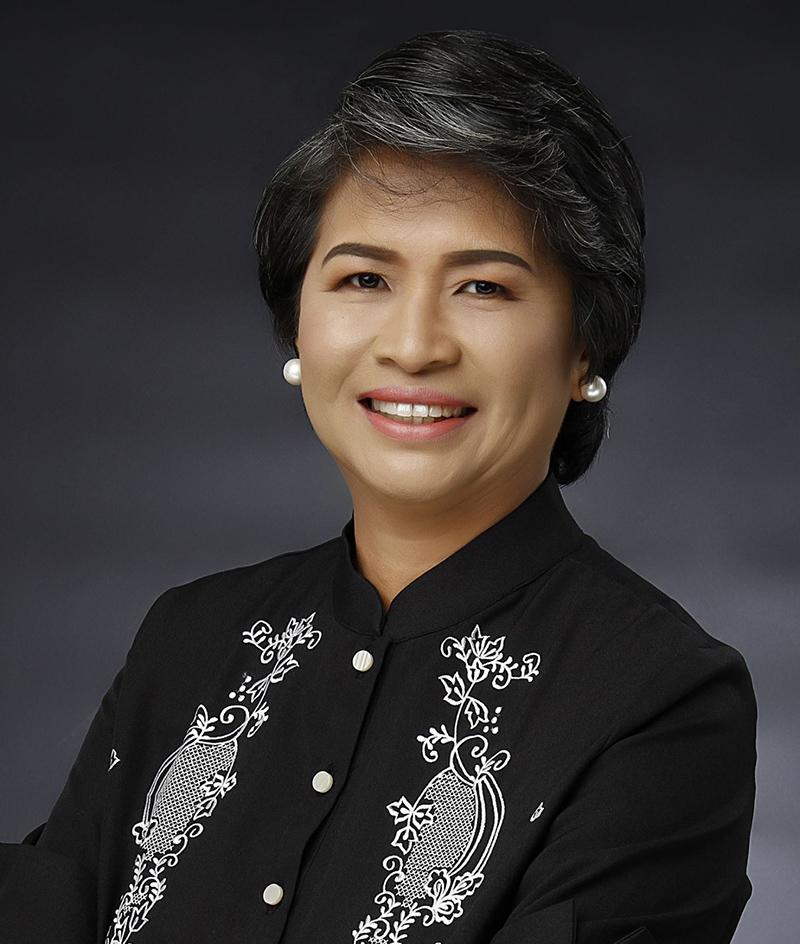Rural Bankers Association of the Philippines holds 71st Rural Banking Consciousness Week

Rural banks have always been crucial to nation-building. Though mostly without the glitz and glamour of larger commercial banks, Philippine rural banks play an immense role in providing banking and financial services, especially to rural and underserved areas.
These banks promote financial inclusion, support agricultural and rural development, and offer basic banking services to communities that might not have access to larger commercial banks.
With digitalization taking over most banking services, the role of rural banks in making sure that no Filipino, even those in far-flung areas, gets left behind has become all the more important, urgent even.
Recognizing this, the Rural Bankers Association of the Philippines (RBAP) will hold its 71st Rural Banking Consciousness Week from Aug. 21 to 27, with the theme “Rural Banks: Ensuring that No Juan is Left Behind in the Age of Digitalization.”
No Juan left behind
In an exclusive interview with The Philippine STAR, RBAP president Atty. Mary Ann E.M. Tupasi-Saddul explained that this year’s theme is consistent with the rural banks’ mandate of inclusive countryside development. “Inclusion means the involvement of as many people as possible into the formal financial system. Coupled with the industry’s thrust to serve its constituents better by acquiring digital capability, inclusivity and digitalization are merged into the battle cry to make sure that no Juan is left behind,” she said.
To help achieve this goal, the RBAP adopted a three-year digitalization road map which ended last June 2023 and, through its IT steering committee headed by Cebuana Lhuillier Rural Bank president and Philippine Payments Management Inc. (PPMI) board member Dennis O. Valdes, is drawing up a new road map for 2023 to 2026.

Tupasi-Saddul added that the RBAP has adopted a wide variety of strategies to accomplish the industry’s digitalization objectives. “This includes both external assistance from multilateral development organizations such as ADB (Asian Development Bank) and Agence Française de Développement (AFD), both of which have provided grants to rural banks on a 1:1 basis for digitalization endeavors, recognition and support of industry best practices and practitioners, and continuing dialogue with regulatory agencies to ensure that the operating environment remains conducive to digitalization.”
Harnessing the power of technology
Ensuring every Filipino enjoys the benefits of digital banking is a gargantuan task. Tupasi-Saddul shared that the principal challenge is one of scale, as the typical rural bank may not have sufficient size to absorb the cost of acquiring or developing a suitable, capable digital solution.
“As mentioned, RBAP has both sought external assistance as well as encouraged the sharing of best practices by key digitalization practitioners and pioneers in the industry. The first strategy provides a financial solution to the issue of scale, while the second fosters an atmosphere of innovation that encourages development of capable but affordable digital solutions for rural banks,” she clarified.
Promoting financial literacy
Of equal importance to making digitalization of banking services more widespread is the promotion of financial literacy, which remains a concern in the Philippines. Despite efforts by government, private entities, and individuals to promote financial literacy, challenges remain, especially in the context of digitalization.
Many Filipinos still lack basic financial knowledge. Cultural and socio-economic factors can also affect people’s attitudes and behaviors towards money. Language barriers, lack of access to formal financial services, and low levels of education can likewise hinder financial literacy efforts in certain communities.
The RBAP believes that financial education is key to a more widespread acceptance of digital solutions. Toward this end, it has held national and local events featuring bank digitalization and related fields such as cybersecurity. This year’s Rural Banking Consciousness Week is one other example.
Outlook of rural banking in the Ph
With the rise of digital services in banking, and the aggressive efforts of large commercial banks, the question arises as regards the relevance of rural banks in the future. Tupasi-Saddul, however, is optimistic, saying, “I believe with all my heart that notwithstanding this age of digital banks and online lenders, there remains and will continue to remain for the foreseeable future, a niche for rural banks,” she said.
She anchors her optimism on four key factors. First of which is how rural banks are often present “where no one else bothers to be, thus playing the joint role of first and only link to the formal financial system for many of our countrymen” in far-flung and underdeveloped areas such as fourth, fifth, and sixth class municipalities.
“Two, rural banks have developed long-standing relationships with community micro and small entrepreneurs, thereby winning and retaining their trust and their business, notwithstanding the emergence of digital financial institutions,” she added.
The third key factor, Tupasi-Saddul said, is that rural banks’ simple ownership and management structure assures clients of swift and agile decision-making that is “unparalleled” against other financial institutions.
Fourth, she explained, is how many third and fourth-generation rural bankers are showing renewed interest, thereby ensuring “by the infusion of fresh ideas and perspectives, the continuity of this industry.”
Tupasi-Saddul added that emerging banking trends and innovations can be harnessed for the benefit of the Filipino people, especially those living in rural areas. “The use of artificial intelligence to automate bank processes is a trend that we foresee will shape the immediate future,” she said.
While this will engender fast decision-making processes, she clarified, it may not necessarily translate to benefits for micro and small entrepreneurs, who continue to remain just outside the radar of the larger financial institutions who would typically use AI and other analytics for their credit decisions. “Thus, this key market remains accessible to rural banks, thereby reinforcing our outlook for the future,” Tupasi-Saddul concluded.

